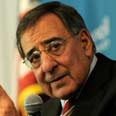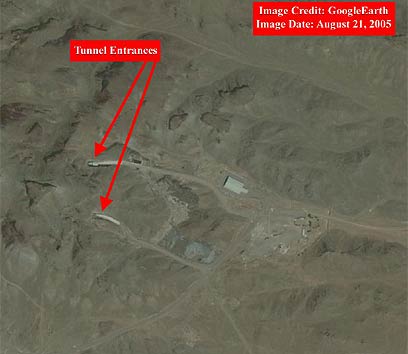
Iran's secret, second nuclear facility in Qom was not such as secret after all: CIA Director Leon Panetta confirmed that despite Iran's efforts to hide the facility's existence, the US has known about it for the past three years.
In an interview with Time Magazine, Panetta said that he was told about Qom during the White House transition period in January. "This was presented at that time as something nobody knew about, a secret facility," he said.
"It was built into a mountain; obviously that raised question marks. We spent the next months trying to get better intelligence about what was going on there and conducting covert operations into that area."
Thought Panetta did not disclose the nature of those efforts, the CIA worked with British and French intelligence services on the case. The existence of a second facility was never a question – once Iran's primary enrichment plan in Natanz was revealed in 2002, it was assumed that the Iranians would build a second one somewhere.
The Qom site first attracted the attention of Western intelligence agencies in 2006, when the CIA noted the Iranians moved an anti-aircraft battery to one of the Islamic Republic's mountains – a telltale sign that something important was being built there.

Bird's-eye view of Qom
But what? Roland Jacquard, an independent security and terrorism consultant told Time analysts were at odds about the Qom site: "Some said it had to be a nuclear facility, others warned it could also easily be a decoy the Iranians wanted to fix Western attention to as it continued clandestine work on another facility elsewhere."
Doubts quickly faded: "Our body of knowledge, based on multiple sources, grew to the point that allowed us earlier this year to reach the high-confidence conclusion that this was a covert nuclear facility," a counterterrorism official said.
Once the true nature to Qom was ascertained, the White House decided that the knowledge of it would be a useful when Iran finally agreed to talk to the six major powers (the US, China, Russia, the UK, France and Germany). If the Iranians failed to agree to the talks, US President Barack Obama was to reveal the secret facility in his speech to the UN General Assembly in September.
From then on, said the report, the challenge was to keep the information secret: Panetta said he ordered the presentation to be readied "in the event that that information leaked out or that (the administration) wanted to present it to the International Atomic Energy Agency." British, French and Israeli intelligence agencies were involved in creating the presentation, he added.
US officials believe that it was only when Iran found out that its secret facility was no longer a secret that it chose to admit to the plant's existence, although how it learned of Washington's discovery remains unclear.















